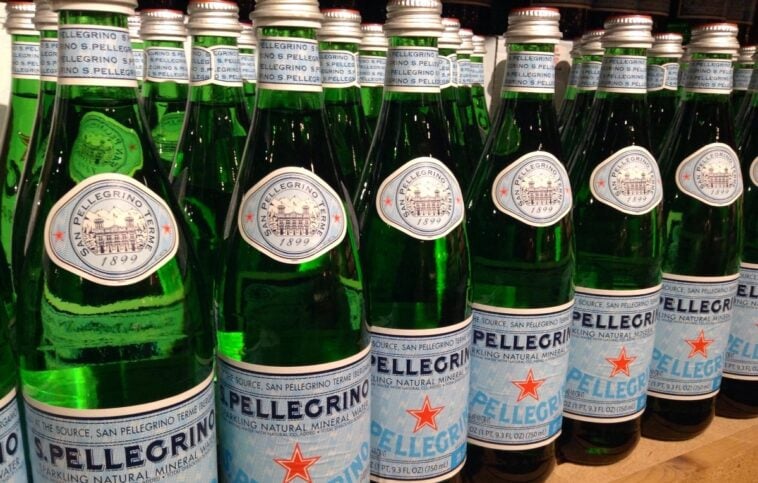Grabbing a bottle of water on the go feels like the simplest, healthiest choice you can make. It’s the one thing we’re all told to drink more of—pure, clean, and essential. But in a world where convenience often comes with hidden costs, the water aisle has become surprisingly complex. The truth is, that clear plastic bottle might be hiding more than just H₂O.
Studies have highlighted a few distinct concerns across the bottled water industry. These range from microplastics, which are tiny particles shed from plastic bottles and caps and are found in nearly all brands, to specific contaminants like PFAS (so-called “forever chemicals”) that can seep into water sources. Other concerns relate more to a brand’s sourcing and processing methods.
The 9 popular brands below have been highlighted in public reports for one or more of these issues. They are included not because they are the only ones affected, but because they are excellent examples of the different challenges facing even the biggest names in the industry. Here’s a closer look at what studies have found.
1. Dasani
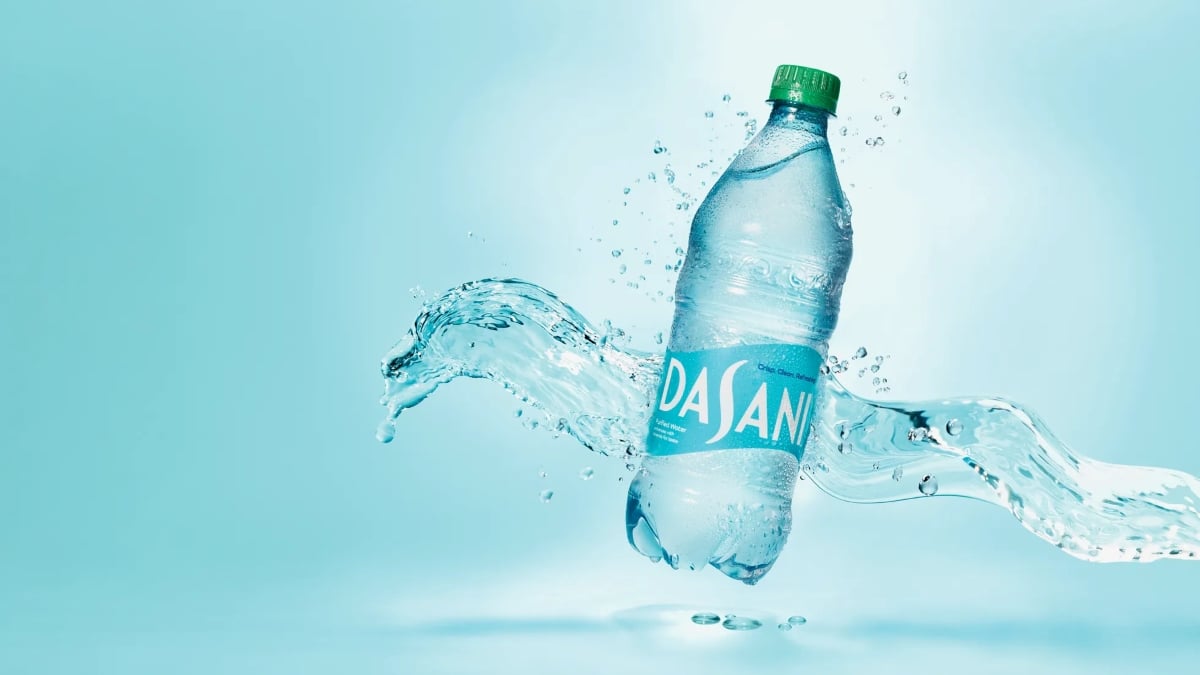
There’s a reason Dasani has a divisive reputation, and it’s not just the taste. It’s one of the most recognizable water brands on the planet, but it’s not sourced from a mystical mountain spring. This Coca-Cola product is essentially filtered municipal tap water. To give it a uniform “taste,” they add a proprietary blend of minerals, including magnesium sulfate (Epsom salt), potassium chloride, and a pinch of salt.
These additives are safe in trace amounts, but their inclusion highlights how Dasani is engineered for taste, unlike natural spring water. Beyond paying a premium for processed tap water, studies have found that Dasani, like most major bottled water brands, contains microplastics.
Furthermore, its pH level often tests on the acidic side. While it is much less acidic than soft drinks, experts note that frequent consumption of any acidic beverage can contribute to tooth enamel erosion over time. It’s a purified product, sure, but the process and additives leave a lot of people feeling… salty.
2. Aquafina
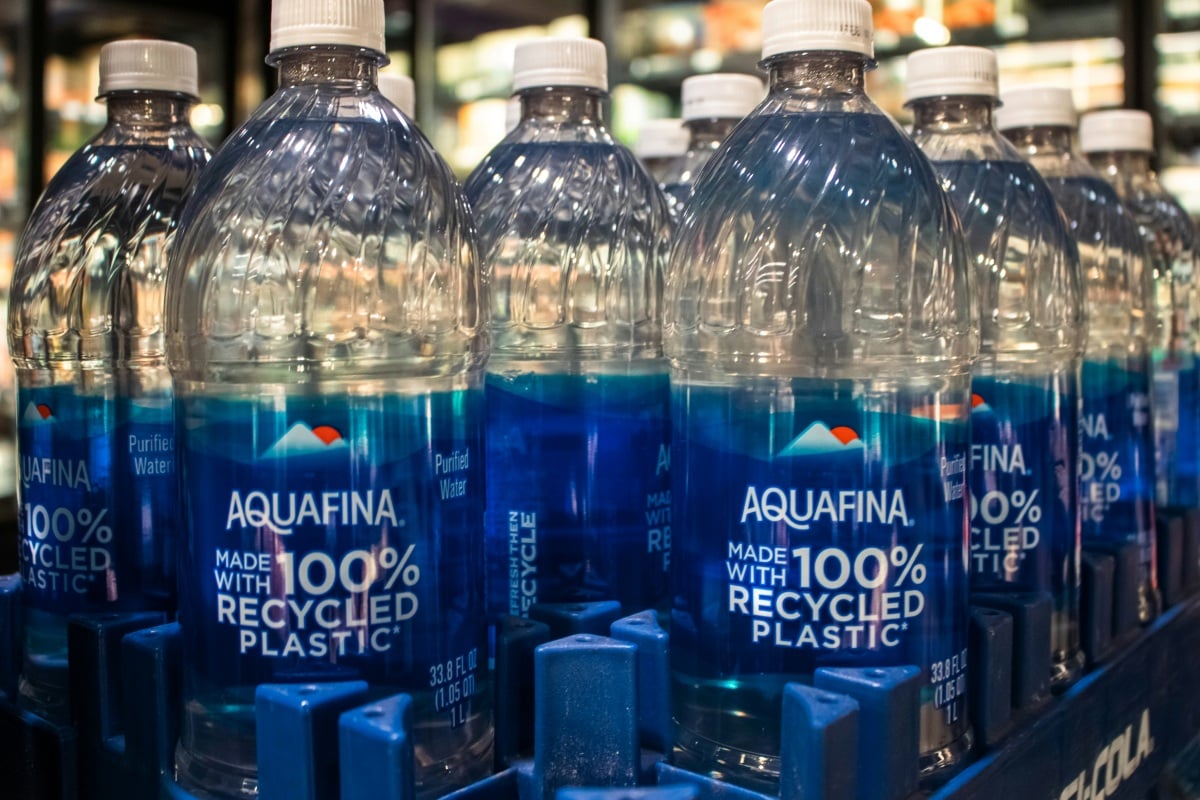
Much like its main competitor, Aquafina is PepsiCo’s entry into the bottled water market, and it also uses public tap water as its source. The company calls its seven-step purification system “HydRO-7,” an industrial process that strips out minerals and other dissolved solids from the original water. In some markets, trace minerals such as magnesium sulfate or sodium chloride are added for flavor consistency.
The primary concern, again, is contamination from the packaging itself. Widespread testing has shown that microplastic particles are almost inevitably present in the water, having shed from the plastic bottle and cap during the bottling process, with studies such as the 2018 Orb Media analysis finding an average of 325 particles per liter. For a product marketed on the concept of purity, this is a significant and unsettling contradiction.
3. Nestlé Pure Life
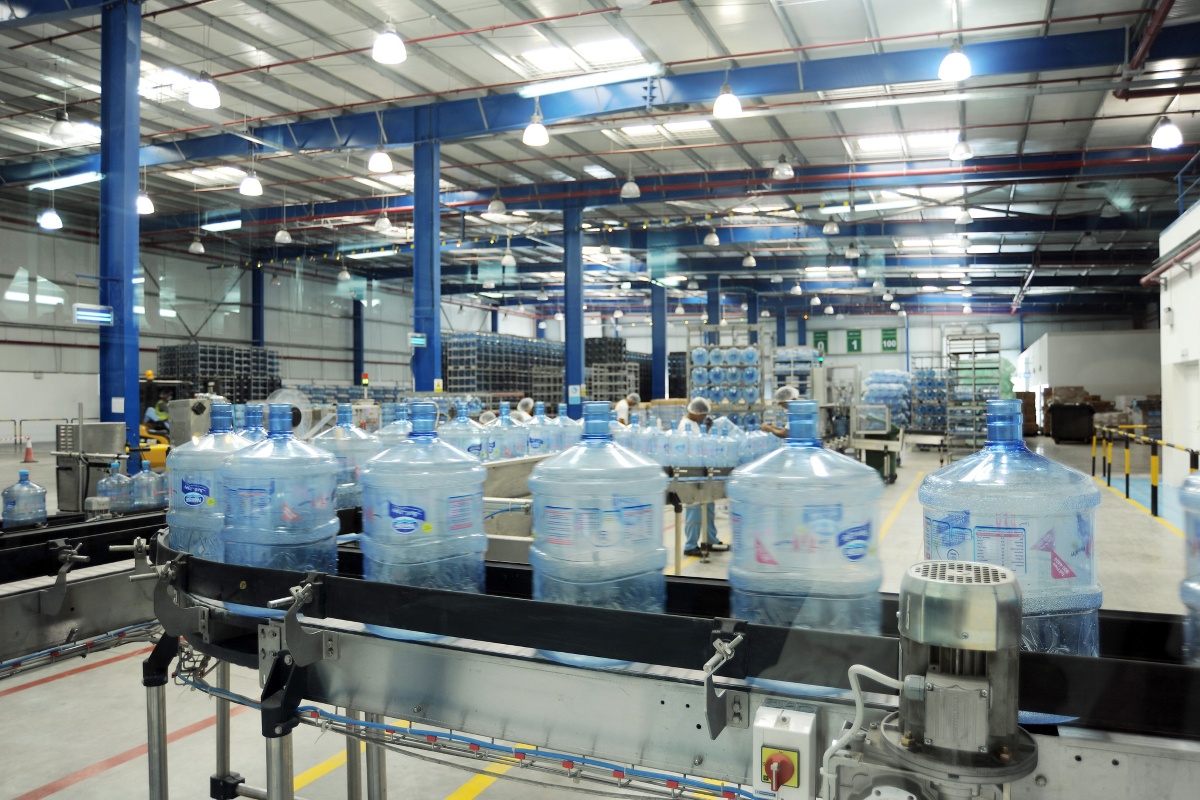
Nestlé Pure Life is marketed as a wholesome choice for families, but it has been at the center of multiple controversies. A major 2018 study that examined 259 bottles from 11 brands found that 93% of them contained microplastics, with Nestlé Pure Life having one of the highest concentrations.
The plastic issue aside, Nestlé’s water-sourcing practices have drawn significant ethical and environmental criticism. The company has been accused of bottling water from drought-stricken regions, prioritizing profits over the needs of local communities and ecosystems. For a brand named “Pure Life,” that’s an unsettling discovery.
4. Evian
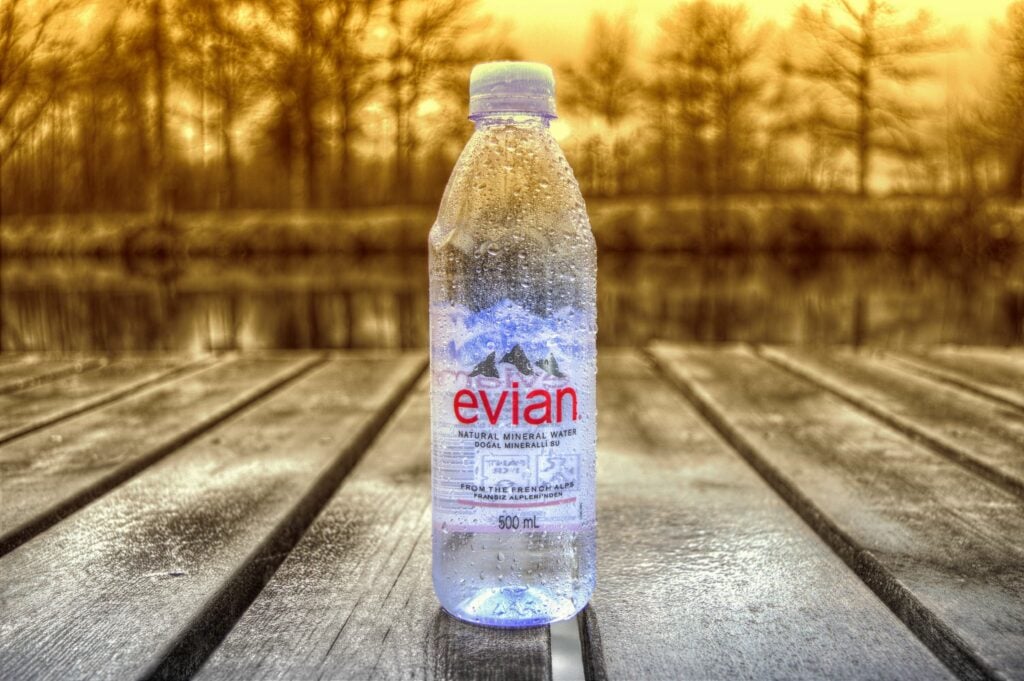
Sourced from the French Alps and synonymous with high-end purity, Evian is another brand where the marketing and reality don’t perfectly align. It commands a premium price and boasts a reputation as one of the best. That’s what makes the discovery of microplastics in its iconic bottles so jarring.
It’s a stark reminder that no brand, regardless of its source or price point, is immune to plastic contamination. When you’re paying extra for water that has been naturally filtered for 15 years through glacial rock, this revelation feels like a major breach of trust.
5. San Pellegrino
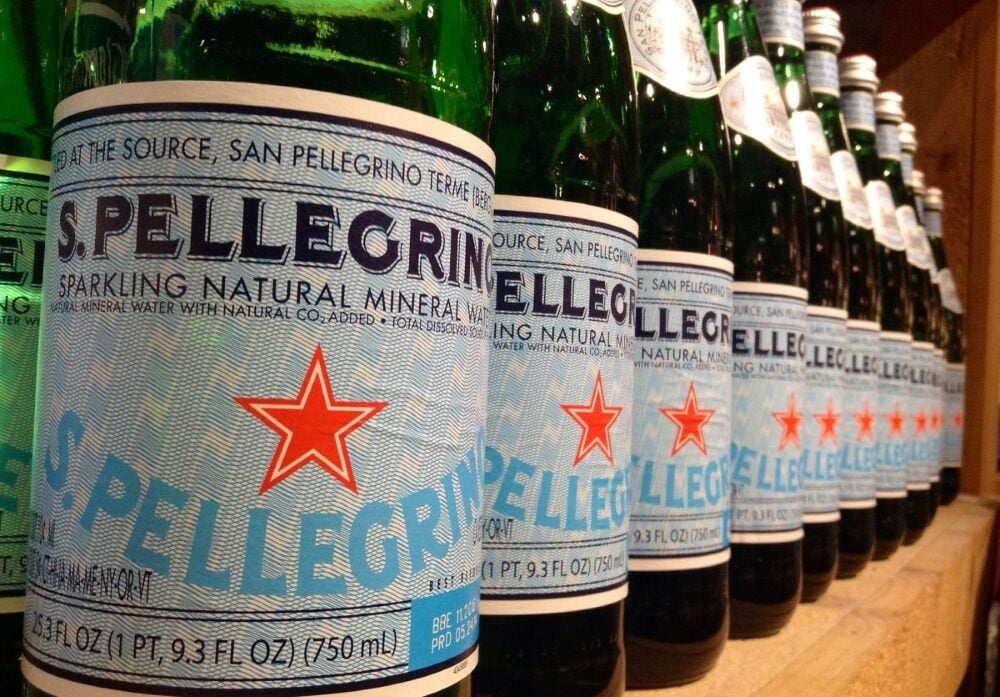
This Italian sparkling mineral water is a staple in fine dining, easily recognized by its signature green glass bottle. Many consumers choose glass under the assumption that it’s a purer, safer alternative to plastic.
However, a 2020 study by Consumer Reports found that San Pellegrino contained detectable levels of PFAS(0.31 parts per trillion)—a class of man-made substances often called “forever chemicals” because of how long they take to break down. At the time, this was significantly below the EPA’s health advisory level of 70 parts per trillion (ppt). But with EPA’s new, much stricter regulations (4 ppt for certain PFAS), this dose amount is concerning.
While the levels were below the legal limit, the very presence of industrial chemicals in a naturally sourced mineral water raises serious questions about the purity of its source.
6. Topo Chico
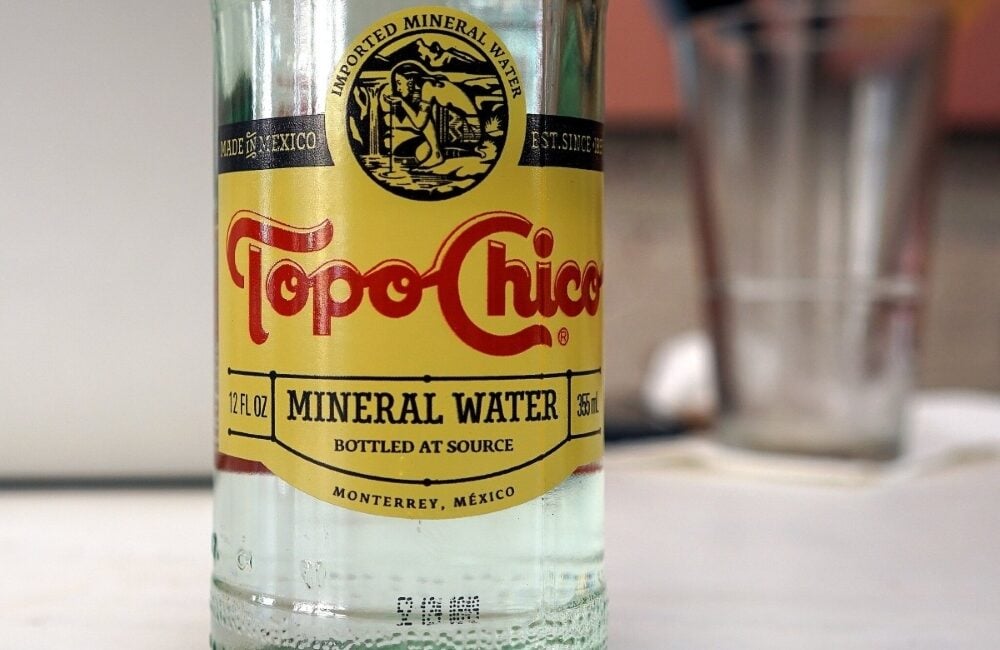
With its retro glass bottle and intense carbonation, Topo Chico has exploded in popularity, transitioning from a regional favorite to a national obsession (thanks in part to its acquisition by Coca-Cola). However, this cult-favorite mineral water was found to have some of the highest levels of PFAS (9.76 ppt) among the sparkling waters tested by Consumer Reports.
The news caused a significant stir among its loyal followers, forcing the company to address the issue and work on improving its filtration to reduce the levels of these forever chemicals. Subsequent testing in 2021 showed the level had been reduced to 3.9 ppt, a notable improvement, though still higher than many competing brands.
7. Fiji
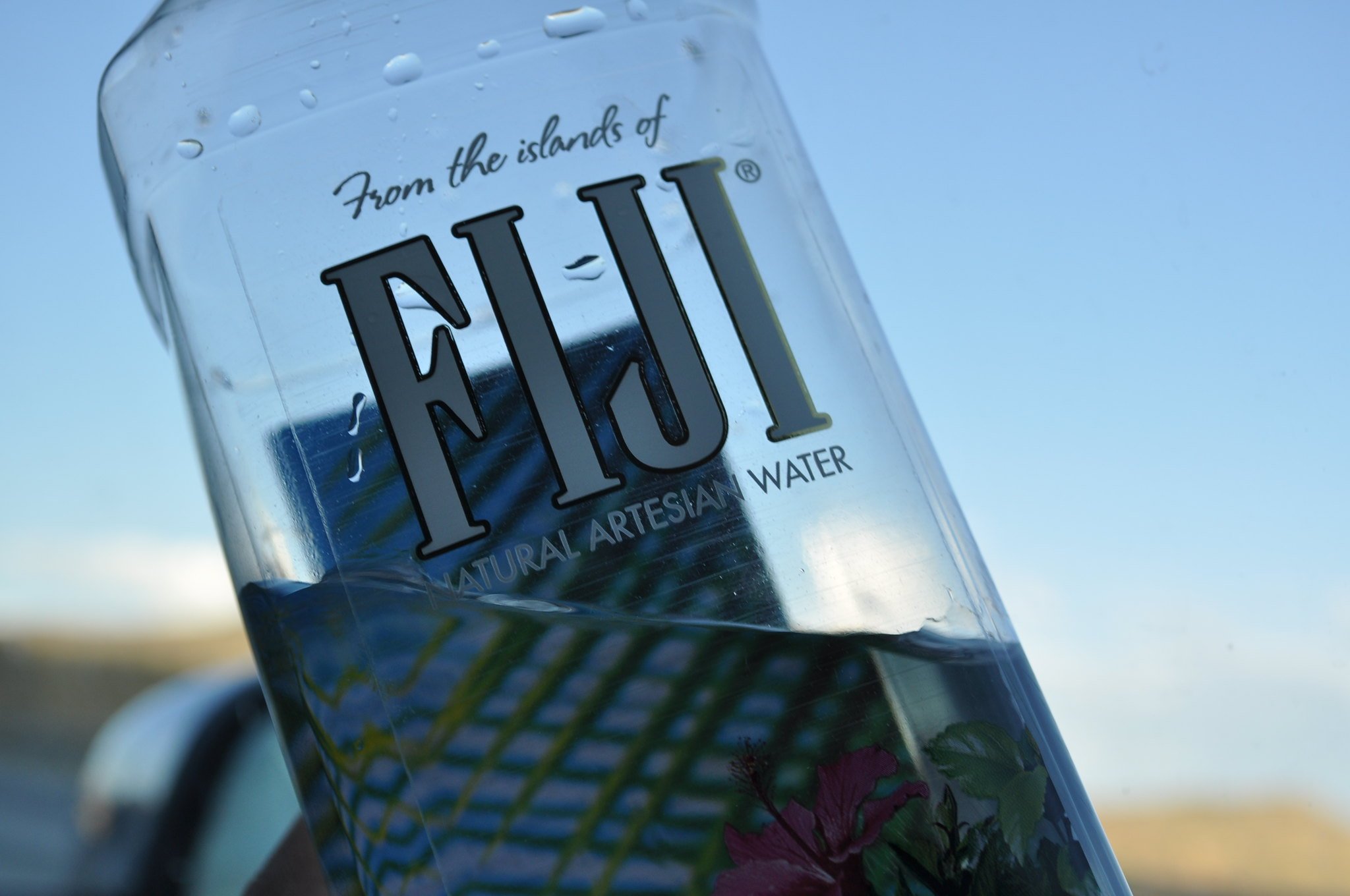
Marketed as pure, untouched artesian water from a remote island, Fiji positions itself as the definition of luxury hydration. However, studies have found it contains microplastics.
Even more concerning, a 2006 test found trace arsenic (6.31 micrograms of arsenic per liter (µg/L)), below the FDA’s safe limit (10 micrograms per liter (µg/L)) but still present, as is common in some groundwater sources. The idea of paying a premium for water that has picked up chemicals and plastic particles along the way just doesn’t sit right.
8. Deer Park
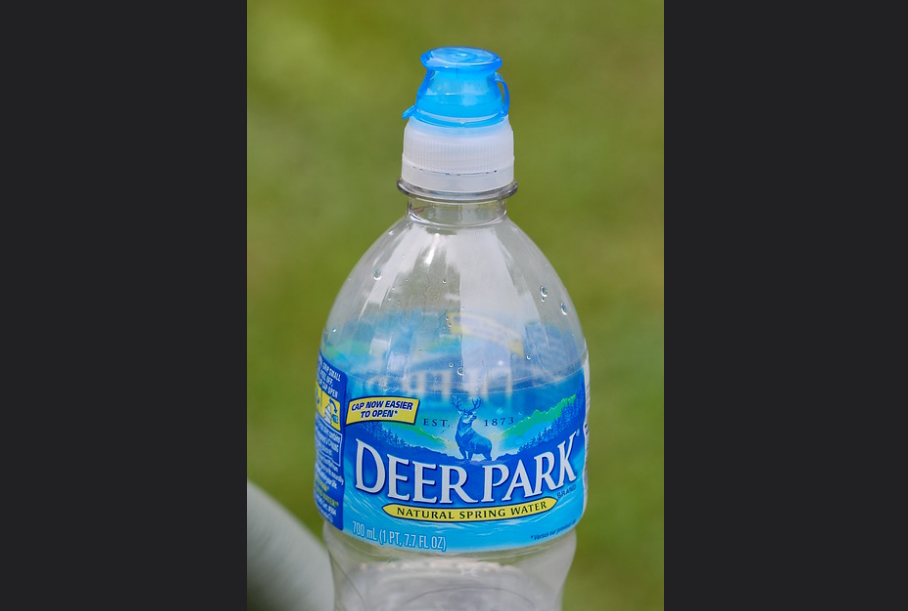
Marketed as “100% Natural Spring Water,” Deer Park is a household name, especially on the East Coast of the U.S. It projects an image of being sourced from carefully selected springs, untouched by man. Yet, independent testing has also found PFAS (1.21 parts per trillion) in this brand’s water. This demonstrates that the contamination issue isn’t limited to sparkling or imported waters; it affects everyday, mainstream American brands that consumers trust for their daily hydration needs.
9. La Croix
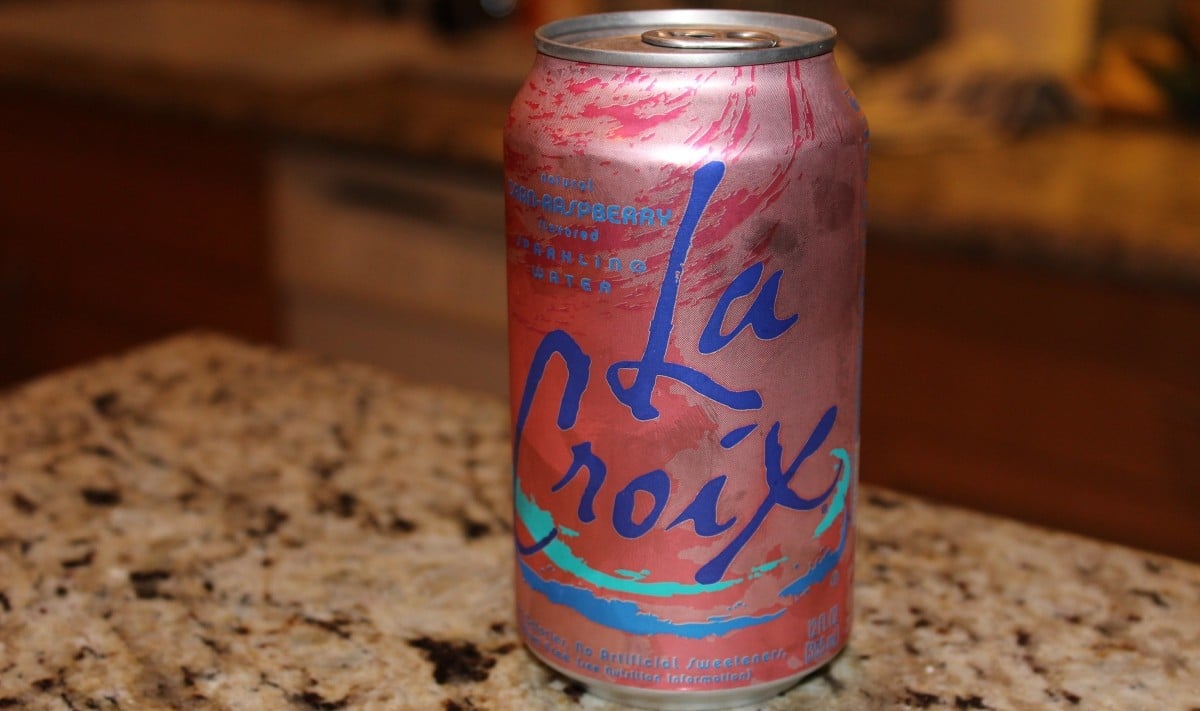
La Croix built an empire on being the “innocent” or “healthy” alternative to sugary sodas. With no calories, no sweeteners, and no sodium, its sales pitch is all about purity and natural essences. That’s why reports of PFAS being detected (1.16 parts per trillion (ppt)) in the water were so damaging to its image.
While the company has stated that the levels are below regulatory limits, for a brand whose entire appeal is its perceived healthfulness and simplicity, the presence of any amount of a synthetic “forever chemical” is a tough pill for its health-conscious consumers to swallow.

